When we update something on the WordPress website’s backend, we must clear the cache so that the same update reflects on the front end.
Many people may not know how to clear the WordPress cache properly. This article will cover How To Clear Cache In WordPress.
Table of Contents
What Is Caching In WordPress?
Caching improves a website’s performance. When visitors visit your website, the content gets cached in the cache memory. When the same visitor visits the same page, the cache memory serves the content instead of the server, speeding up the website’s loading time.
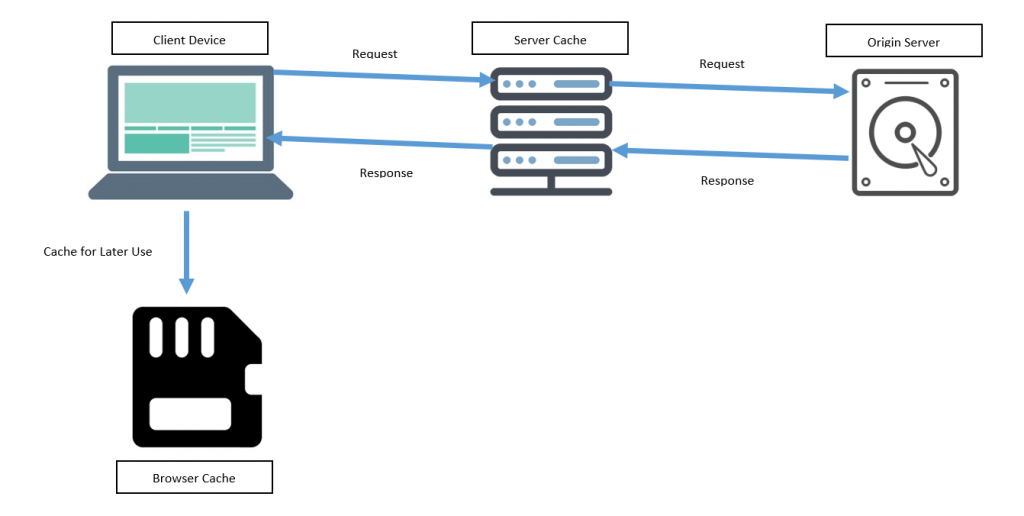
You can use free WordPress plugins like WP Super Cache or WP Total Cache to enable caching in WordPress. You can also use WP Rocket, one of WordPress’s best premium cache plugins.
Types Of Caching Protocol
Depending on the client-server model, two primary types of caching protocols exist. The protocols are as follows.
- Client-side caching protocol
- Server-side caching protocol
Client-Side Caching Protocol
Unlike text-based static websites, dynamic websites contain many non-text files, such as images, CSS files, and Javascript files. Your browser automatically downloads them when you visit those pages.
In other words, your computer can serve that data out of the local cache, which is the cached data stored on your hard drive.
Client-side caching is the process where the client’s computer (or client’s end) uses the cached data from the server.
Client-side caching reduces server overhead (it prevents data from being downloaded repeatedly) while saving the server a lot of time.
How To Clear Browser Cache?
Clearing the browser cache is a very straightforward process. If you use Chrome, go to Settings -> Security And Privacy-> Clear Browsing Data.
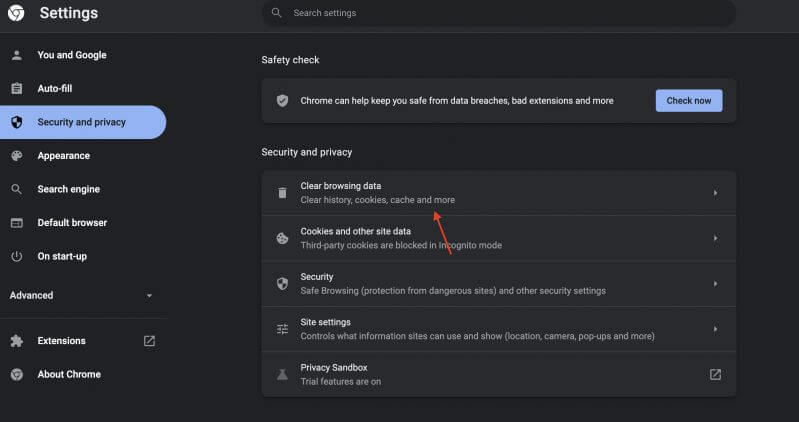
Click on the three dots at the top right corner and go to More Tools-> Clear Browsing data.
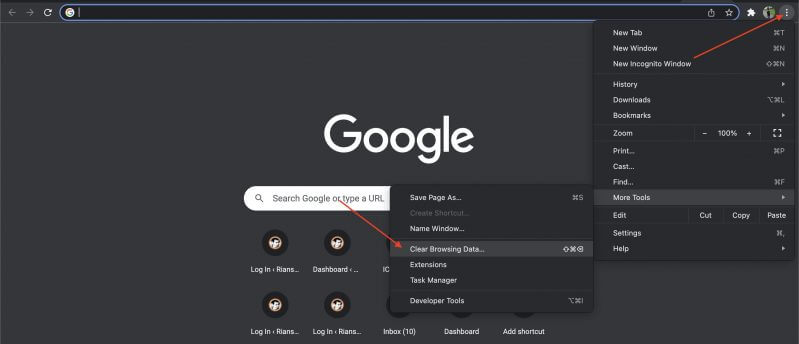
Server-Side Caching Protocol
In client-side caching, your computer memory caches the website contents, whereas in server-side caching, the server memory caches the website contents. That’s the only difference.
Software like Varnish and NGNIX are very popular for server-side caching. Redis and Memcached are also very popular for server-side object caching.
How To Purge Cache In WordPress?
Purge caching means re-caching previously cached data. Essentially, the old ones are removed, and new ones are created or regenerated. Depending on the cache plugin you use, the cache in WordPress will be purged in the following scenario.
- Whenever a comment is posted
- Whenever a new post is published
- When an older post is updated
After purging all cache, you will likely see a difference in page loading speed. When your caching plugin caches a new, optimized version of your website, your page speed should return to normal.
What Can You Gain by Clearing WordPress Cache?
If you want to see the changes immediately, you might find it helpful to clear your WordPress cache when making changes to your WordPress website. Whenever you visit a page, the WordPress cache displays your old content.
When you make changes to your site, you should clear the cache to ensure the site can display the new information and content.
Clearing your cache usually helps if you’re making changes to your site’s visuals and the changes aren’t reflected when you refresh or reload it.
Clearing your cache can also be useful for troubleshooting, depending on what you’re trying to fix. Essentially, clearing your cache means removing your website’s temporary storage.
How To Clear Cache In WordPress
The cache can be cleaned using a plugin or your Web hosting dashboard. You can also easily install WordPress Plugins in the WordPress dashboard.
Clean WordPress Cache Using A Plugin
WP Super Cache
WP Super Cache has a very simple interface. To delete the cache, go to WP Super Cache settings and click on “Delete Cache.” Alternatively, you can delete the cache from the admin toolbar.

W3 Total Cache
A popular and effective way to cache your WordPress website is to use the W3 Total Cache plugin. It is one of the most feature-rich free WordPress cache plugins.
WP Total Cache has a purge caching button for each option. You can either purge the cache from individual options or all cache from the admin toolbar, as shown below.

WP Fastest Cache
Another easy-to-use plugin for clearing a WordPress site’s cache is WP Fastest Cache. In WP Fastest Cache, you can clear the cache by going to the Delete Cache tab on the admin toolbar.

WP Rocket
WP Rocket is a premium WordPress cache plugin almost all pro bloggers use. To clear the cache in WP Rocket, go to the admin toolbar, find the WP Rocket option, and click “Clear Cache.”
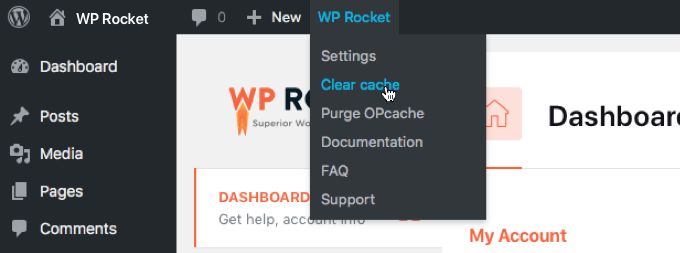
SG Optimizer
SG Optimizer is an exclusive cache plugin for Siteground users that takes your website speed to the next level.
To delete the cache using the SG optimizer, go to the admin toolbar and click on “Purge SG Cache.“
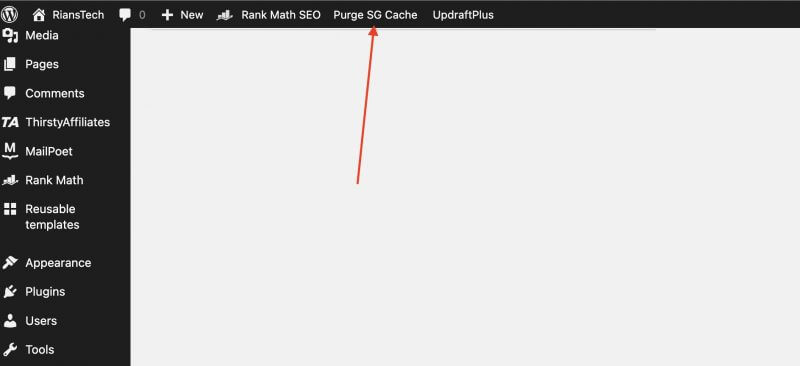
Clean WordPress Cache Using Web Hosting Dashboard
You can also clean the WordPress cache using the Web Hosting dashboard, as shown below.
Cloudways
Cloudways offers Varnish cache as a reverse proxy and Memcached for object caching. Both caches can be cleaned by going to the Cloudways Server Management->Manage Services-Purge/ Restart cache.
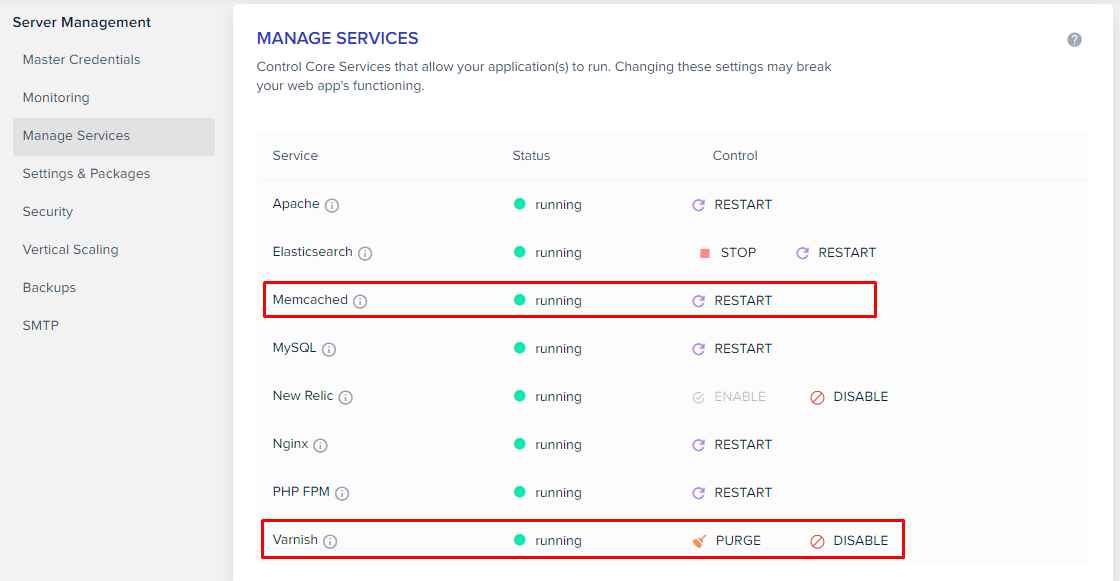
Rocket.Net
Rocket.net is one of the most premium WordPress hosts available today. To clear the WordPress cache, go to the Rocket.net dashboard and click on “Clear Cache.“
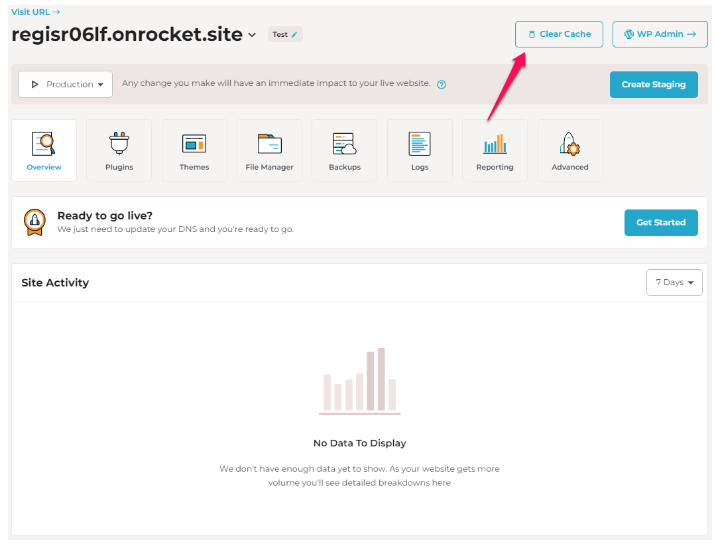
BlueHost
To delete the WordPress cache using the Bluehost dashboard, go to the Bluehost dashboard for that particular site and click on “Clear All.“
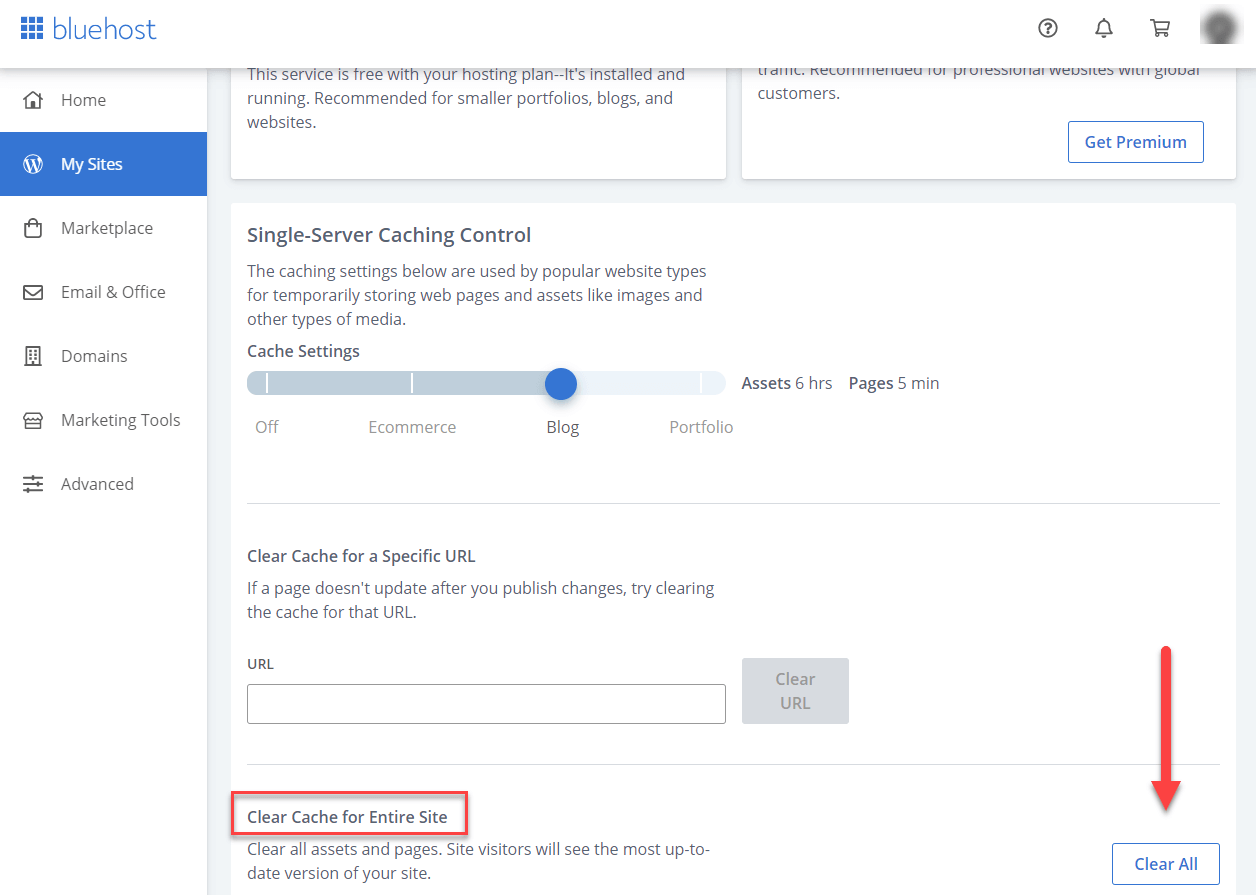
Conclusion: How To Clear WP Cache
Purging WordPress cache frequently is a good exercise to keep your site fast and healthy and to prevent junk accumulation.
Although most cache plugins have a straightforward option to delete cache, deleting server-side cache is a pain. I believe, after reading this article, things will be much easier for you.
Still, if you have any questions, you can write in the comment section, and I will be happy to help.